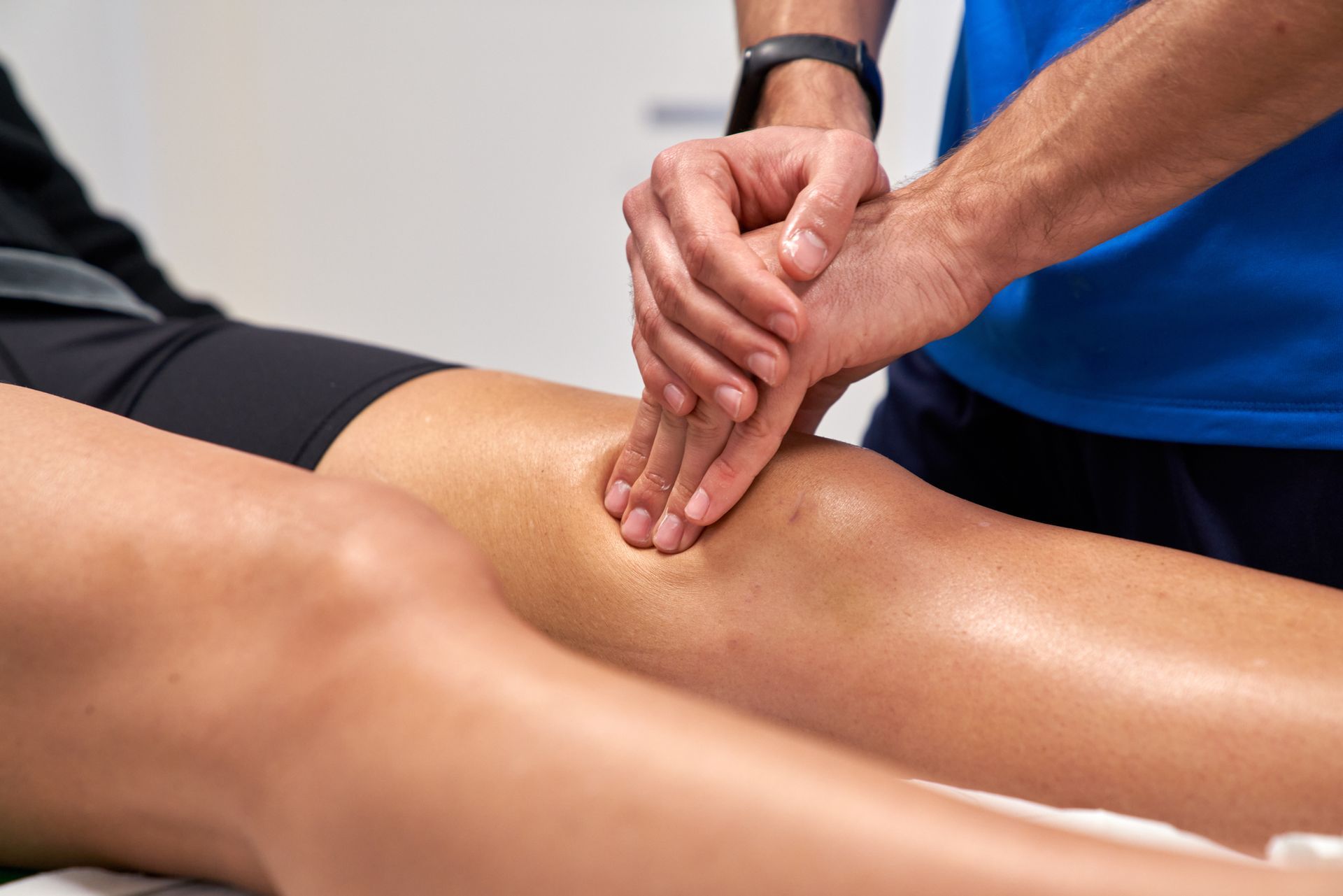Ease Your Tendinitis With Chiropractic Care
Admin • August 13, 2019

Tendinitis is a condition that often makes the tendons in your body inflamed and painful. Your tendons connect the muscles to bones, and if they become overused through strenuous activities or due to an accident, you may need treatment. And treating your condition without the use of medications that may cause side effects is a possible solution.
If home remedies and rest does not seem to help, or if you are tired of relying on medication, why not consult a chiropractor who may be able to ease your discomfort? Here is what you need to do to begin this alternative treatment option.
Take the First Steps
Once you have decided to try a drug-free approach to treat your tendinitis, schedule an appointment with your chiropractor. However, before you do so, you might want to check your health plan to note whether your insurance covers chiropractic care. If you are covered through your employer, speak with human resources.
Attend the Initial Visit and Get an Evaluation
Your chiropractor will most likely begin with a medical evaluation. He or she will probably need to see your medical records and be informed of any medical conditions or medications you currently take. Don't hold anything back.
An evaluation of your condition will help your provider access the situation in order to initiate a treatment plan and options. You may be asked a series of questions about your tendinitis, like what area the pain is generally located. Tendinitis often occurs in a wrist, shoulder, knee, ankle, or other location.
You may be asked to describe the pain you are experiencing. For instance, is it a dull or sharp pain, and do you experience a burning or tingling sensation? Also, inform your chiropractor of any activities that seem to worsen your pain.
Your physical examination will typically include the usual procedures, such as taking your blood pressure and heart rate. You may also be tested for range of motion and strength in the affected area. The specialist may feel an x-ray will be helpful for further evaluation, although this is not always necessary.
Create a Chiropractic Treatment Plan
Once your provider accesses your condition, a treatment plan will be put into action. Treatment options may include joint manipulation (if joints are determined to be misaligned), electrical stimulation, or strengthening exercises.
With electrical muscle stimulation, electrodes will be applied to the area of pain, and the electrodes connect to a wire that attaches to a device. You may experience a tingle during treatment. The goal is to increase blood flow to the affected area, reduce pain and inflammation, and help to support healing to the tendons and muscles.
Once the inflammation and pain begins to decrease after treatment sessions, you may be instructed to perform strengthening exercises. Your chiropractor will typically show you the correct way to perform the exercises, which can be followed up at home.
Physical therapy may also be part of your treatment plan, and this may include weekly sessions that last for a few weeks or longer.
Prevent Future Flare-Ups
Your chiropractor may also have suggestions for preventing future flare-ups of tendinitis. If you work on a computer for long periods at a time, you may need to adjust your posture and avoid slouching. Proper body mechanics and ergonomics are important if you are to avoid future pain.
When you participate in sports that aggravate your condition, you may be advised to warm up properly and perform stretches beforehand.
If you have further questions or concerns regarding your condition or treatment options, speak with one of our chiropractors. We’ll help you start your recovery process now and get the relief you need to function to your fullest.

Cold laser therapy, also called low-level laser therapy (LLLT) or low-power laser therapy (LPLT), is a non-surgical pain management treatment suitable for some patients who experience back and neck pain or certain injuries. Chiropractors and other health care professionals apply cold laser therapy to the pained or inflamed areas. The procedure uses a low-level laser that emits near-infrared light. The light from the laser is able to penetrate the skin and reach the body's deeper tissues. Once the tissues absorb the light, it interacts with the body's cells and speeds up the healing process. The laser light also helps reduce pain and swelling in damaged tissues. Uses Cold laser therapy is used primarily on patients who have chronic musculoskeletal pain. While the treatment works on different parts of the body for different injuries, like ligament and muscle strains, patients who have lasting lower back or neck pain often find relief from laser therapy. Cold laser therapy also helps patients who have arthritis, fibromyalgia, carpal tunnel syndrome, hip bursitis, and temporomandibular joint dysfunction (TMJ). Procedure and Results A single treatment session of cold laser therapy is typically short. Most health care professionals who administer the treatment spend 30 seconds to several minutes holding the handheld laser over the affected areas. Treatment sessions that cover a large area, such as the entire lower back, take longer since the laser device will need to be moved around to target one smaller area at a time. The procedure isn't painful, and you won't feel any vibration or hear any noise. Some patients can feel the laser, but most do not report it as uncomfortable. There is no standard for the number and frequency of cold laser therapy treatments. How many sessions you'll need depends on the severity and type of your condition and how well previous treatment sessions work. You may have to wait several weeks to a month to see the full benefit of cold laser therapy, and some patients need to have several short sessions a week to get maximum relief. Cold laser therapy has been the subject of multiple studies that have shown generally favorable results, though many of the studies have small participant groups. This treatment is FDA-approved, so you know it’s safe and effective. Advantages and Disadvantages One of the biggest advantages of cold laser therapy is that it is a non-invasive treatment method. Since cold laser therapy doesn't lead to any downtime for healing, it can be a good treatment choice for patients who experience pain but have busy lifestyles. The therapy also doesn't involve the use of any medications, which makes it appealing to patients seeking drug-free ways to manage their pain. However, you can combine it with medications and other treatment methods to provide additional relief. The main disadvantage many patients report is that cold laser therapy doesn't work immediately. Most patients need multiple treatment sessions — as many as 30 — to see a significant reduction in inflammation and pain. Another downside to cold laser therapy is that some health insurance providers won't cover the cost of the treatment. But some health care practitioners offer billing or payment plans to help patients afford the cost of the treatment. Risks Cold laser therapy is approved for use by the FDA, and it is considered safe for most patients. The treatment has very few side effects and is tolerated very well by most people. Testing on pregnant women is lacking, so pregnant women shouldn't have cold laser therapy. People who have open sores, suspicious moles, or cancerous lesions shouldn't expose their skin to lasers. Davison Chiropractic offers chiropractic adjustments, massage therapy, and pain management treatments to patients in Davison and Lapeer, Michigan and the surrounding areas. Contact us today to schedule an appointment.














